Cracking Moment
Important Point
Cracking moment represented as (Mcr) is well-defined as the moment, that is once surpassed reasons the cracking of concrete. Intended for the design of the deflection in the concrete at cracking moment, the moment is considered at the point, the failure will happen in concrete.
Phases to Find the Cracking Moment Are as Assumed Under
1. Compute the value of the modulus of rupture (fr) with the method
fr = 7.5√ƒc
therefore, the word fr is the compression strength in concrete.
2. Compute value of distance yt by means of the specified formula
Used for rectangular section, the value of yt is assumed as under.
yt = h/2
Here, his vertical height of rectangular beam and yt is distance from center of gravity of beam to the extreme fiber of the tension side.
3. Calculate the value of the Ig.
For the rectangular cross-section, Ig is calculated as given below.
Ig = bh3/12
Here, b is width of concrete beam, h is height of beam, and Ig is a moment of the beam.
4. Calculate the moment of cracking (Mcr).
Use the formulae given below to calculate the moment of cracking (Mcr).
Mcr = (ƒr.Ig)/yt
Here, the term (fr) is compression strength in concrete, yt is the distance between center of gravity of the section and extreme fiber in tension side, and Ig is the moment of the beam.
Also. Read: What Is Isometric Projection | Principle of Isometric Projections | Isometric Scale
Cracking of Concrete
Deformation of concrete happens in concrete owing to uneven loads, temperature alteration or freezing and thawing. Cracking of concrete happens due to numerous causes identical owing to constructional program, shrinkage, respectively.
Afterward hardening, cracks happen owing to chemical reactions, thermal changes respectively.
The key details of concrete cracks are as beneath.
- The precise quantity of water is essential to be further in the mixture to whole the chemical reaction or hydration. If the concrete dry out earlier than conclusion of the reaction, it reasons cracking.
- Lack of control joint or control joint with wrong dimension of thickness causes cracking.
- When the extra quantity of water freezes in winter, the volume enlarges, and cracking happens.
- Dissimilar concrete will have dissimilar strengths. If the concrete mix with essential strength is not bent throughout the job, it can reason cracking.
- Once an extra of water is additional to the concrete growing its w/c ratio, the strength of the concrete also will decrease. Throughout summer, vaporization of additional water takings place that reasons shrinkage. Owing to this shrinkage, cracking in concrete take place.
Precautionary procedures to evade cracking are as follows.
- By means of the true quantity of water in concrete-water mix paste.
- Appropriate shrinkage as well as temperature reinforcement at control joints.
Also, Read: Types of Stair | Stairs Parts Names & Details
Types of Cracks in Concrete
Different types of cracks are as follows.
1. Cracks Owed to Overburdening
Pre-mix concrete originates through their particular strength measured pounds per square inch, which designates the maximum pressure that can proceed beforehand being crushed. Nevertheless, overburdening of slabs happens rather frequently in housing areas.
In circumstances where the original ground has to develop soft, its strength allows a section of the slab to be lacking downwards. Heavy vehicle parking spots are the greatest probable to see such cracks.
2. Expansion Crack
After subject to heat, concrete slabs have a tendency to enlarge outward. Lack of space to expand causes slabs to develop cracks. Nevertheless, expansion cracks are typically dealt with throughout the planning and concrete distribution phase of the structure.
Expansion joints are introduced between slabs that can captivate pressure from expansion and therefore pre-empt and evade cracks.
3. Premature Drying
Once a concrete slab fails moisture rapidly, it can lead to cracks. The cracks seem when the top coating of the slab rapidly fails moisture certainly, approaching a spider-web.
Crusting cracks seem during the stamping process when the top layer is dry for embedding patterns. Together these two types might look unattractive, but they are mostly inoffensive for the structural strength of the slab.
4. Plastic Shrinkage Crack
Beforehand the concrete hardens, it is measured plastic and encompasses a noteworthy amount of water. Occasionally puddles of water, upon drying, leaving overdue voids inside the slab.
As a result of such voids, the slab’s surface is prone to cracking when subjected to strain. Plastic shrinkage cracks do not damage the foundation of the slabs until they are prominently visible.
5. Heaving Crack
Heaving cracks are also another form of temperature-related crack. Heaving cracks form as a result of the slab condensing due to exposure to severe cold weather.
Whenever the weather gets back to normal, the slab back to its original form. However, this shape shift often results in the creation of heaving cracks.
6. Settling Cracks
The underlying ground’s structural failure will result in settling cracks. When a massive tree is taken down, the roots rot and leaving large voids in the earth, softening it.
A shaky foundation provides inadequate protection for the concrete slab and the above steel bar that surrounds it, resulting in settling cracks.
Also, Read: Tension Vs Compression | What Is Tension & Compression
Calculating of Cracking Moment for Hollow Rectangular Beam
The area of reinforcement as a fraction of the overall cross-sectional area of a beam is very small (usually 2% or less), and its effect on beam properties is virtually non-existent as long as the beam is not cracked.
As a result, depending on the gross properties of the beam’s cross-section, an estimated estimate of the bending stresses in such a beam can be achieved.
The tension in the concrete at some point y from the cross section’s neutral axis can be calculated using the flexure theorem, where M is the bending moment equal to or less than the section’s cracking moment and Ig is the cross section’s gross moment of inertia:
f = My/Ig
ACI Code states that the cracking moment of a section may be determined with ACI Equation given below. The cracking moment is as follows:
Mcr = (ƒr.Ig)/yt
Where ƒr is the modulus of rupture of the concrete.
yt is the distance from the centroidal axis of the section to its extreme fiber in tension.
Example: Assuming the concrete is uncracked, compute the bending stresses in the extreme fibres of the beam for a bending moment of 25 ft- k. the normal weight concrete has an fc of 4000 psi and a modulus of rupture fr = 7.5 ( 1.0 ) = 474 psi. determine cracking moment of the section.
Solution:
Bending stress
Ig = (1/12) b h3
Where, b = 12 inch and h = 18 inch.
Ig = (1/12) x 12 x 183
Ig = 5834 in 4
f = My/Ig
where,
M = 25 ft-k
M = 25000 ft-lb
Multiplying 25000 ft-lb by 12 in/ft to obtain in-lb as shown here,
f = [(12 x 25000 x 9)/5832]= 463 psi.
Cracking moment
Mcr = (ƒr.Ig)/yt
Mcr = (474 x 5832)/9
Mcr = 25.6 ft-k.
Also, Read: What Is Scaffolding | Types of Scaffolding
Calculating of Cracking Moment for T Beam
If the t beam is uncracked, calculate the stress in concrete at top and bottom of extreme fibres under a positive bending moment of 80 ft-k. if fc = 3000 psi and normal weight of concrete is used, what is the maximum uniformly distributed load the beam can carry if it is used as a simple beam with 24 ft span without exceeding the modulus of rupture of concrete?
Given : bf = 60; hf = 5; h = 32;
Y = {[bƒ x hƒ x (0.5 hƒ)] + [bƒ x (h – hƒ) x ( hƒ – {0.5 x ( h – hƒ)})] }/ {[ bƒ x hƒ ]+ [bƒ x (h – hƒ)]}
Y = {(60 x 5 x2.5) + [(12 x 27) x (5 + 13.5)]}/{(60 x 5) + (12 x 27)}
Y = 10.81 in.
The moment of inertia is,
Ig = {bƒ.hƒ3/12} + { bƒ.hƒ [(Y-0.5 hƒ)2 + ( [bw (h-hƒ)3]/12)+(bw (h-hƒ)] x [ Y – hƒ – (0.5 [h – hƒ])]2}
Ig = {60 x 53 /12} + { 60x 5 [(10.81-(0.5 x5))2 + ( [12 (32-5)3]/12)+(12 (32-5)] x [ 10.81 – 5 – (0.5 [32 – 5])]2}
Ig = 60185 in 4.
The stress in the top and bottom fibre under the given moment of 80 ft- k is:
Fbottom = Mc/I
Fbottom= (80 x 12 (32 – 10.81)) /60185
Fbottom= 0.338 K/in 2
Fbottom= 338 lb/ in 2
Ftop= Mc/ I
Ftop= (80 x 12 x 10.81) / 60185
Ftop= 0.172 K/in 2
Ftop= 172 lb/ in 2
The modulus of rupture fr of usual weight concrete through fc = 3000 psi
Fr = 7.5√ƒc
Fr= 7.5 ( 1.0 )
Fr = 411 lb/in 2
The moment that reasons a stress equivalent to the modulus of rupture is:
Mcr = (ƒr.Ig)/c
Mcr = (411 x 60185)/(32-10.81)
Mcr= 1167.34 in-lb
Mcr = 97.28 ft-k
The uniformly distributed load on a simple span that causes moment is
w = 8M/l2
w = (8 x 97.28) /242
w= 1.351 k/ft
w= 1351 lb/ft
Cracking Moment Calculation Example for Inverted T Beam
Unless the beam is inverted, at that time the word c is used to compute Mcr = 10.81
Mcr = (ƒr.Ig)/c
Mcr = (410 x 60186)/10.81
Mcr = 228272 in–lb
Mcr = 190.69 ft-k
The uniformly distributed load on a simple span that causes moment is
w = 8M/l2
w = (8 x 190.69) /242
w= 2.648 k/ft
w= 2648 lb/ft
Cracking Moment
Cracking moment denoted as (M cr ) is defined as the moment, which when exceeded causes the cracking of concrete. For the calculation of the deflection in the concrete at cracking moment, the moment is calculated at which point, the failure will occur in concrete.
Step Cracks in Block Foundation
Stair step cracks are among the most common of foundation cracks. These cracks are a clear sign of a problematic foundation. Typically, stair step cracks in a block foundation are a result of bowing walls. These cracks will be found toward the corners of the foundation, and are often found with a horizontal crack.
Cracking of Concrete
Causes of cracking include: plastic shrinkage cracking; settlement cracking; drying shrinkage; thermal stresses; chemical reaction; weathering; corrosion of reinforcement; poor construction practices; construction overloads; errors in design and detailing; and externally applied loads.
Calculating of Cracking Moment for T Beam
- Find the Modulus of rupture (fr): fr= 7.5√ƒc, Where ƒc = The compression strength of the concrete (e.g. 4 ksi, 6 ksi)
- Find yt: yt is the distance from the center of gravity of the beam to the extreme fiber of the tension side (this neglects reinforcement). Therefore for a rectangular section, yt = h/2.
- Find Ig: Ig is the gross Moment of Inertia for the beam. Ig = bh3/12.
- Find Mcr: Mcr = (ƒr.Ig)/yt.
Cracking Moment of Concrete
The cracking moment is the moment corresponding tensile bending stress at which concrete will start to crack. Reinforcing steel cross-sectional area is 2% or less of concrete beam cross-section. The area of reinforcing steel is minimal compared to concrete.
Moment Slab Definition
The moment slab reinforcement shall be designed to resist forces developed at the base of the barrier. The torsion capacity of the moment slab must be equal to or greater than the traffic barrier moment generated by the specified TL impulse load (TL-3, TL-4, TL-5) applied to the top of the barrier.
What Causes Step Cracks in Block Walls?
Typically, stair step cracks in a block foundation are a result of bowing walls. These cracks will be found toward the corners of the foundation, and are often found with a horizontal crack. In a brick foundation, stair step cracks may be found on the outside of the home.
Is It Normal for Block Foundation to Crack?
Cracks in the foundation, whether concrete block or brick, can be unsettling. You might get jittery and start asking yourself whether they are harmless or severe. Not all foundation cracks are necessarily bad. In fact, most cracks are pretty normal and the good news is, they can be fixed.
How Serious Is a Slab Cracks in Foundation?
If you see slab cracks, determine how severe they are by measuring them. If they are larger than 1/16 of an inch, contact a foundation repair expert. Foundation cracks can lead to water leakage or pest entry. If there are piers under your foundation, they might shift, causing the above foundation to shift as well.
Are Slab Cracks in Foundation Normal?
You can expect shrinkage and cracks in the slab foundation and these are very common. They usually do not compromise the structural integrity of the home. Here, a foundation should be created to maintain structural integrity but cracks are normal.
Do Concrete Floors Crack?
As tough as it tends to be, concrete floors may develop tiny to reasonable cracks and chips. However, the cracks don’t mean there are serious structural inadequacies. Also, the cracks do not disqualify the fact that the concrete floor is resistant to wear and tear, pounding, scouring, and scraping.
Vertical Crack in Slab Foundation
They’re usually caused by rains that exert pressure on the foundation or concrete tension in newly built homes (every two years or so). Vertical cracks tend to slant slightly (within 30 degrees). To seal them, water-resistant epoxy or polyurethane injection is applied to the cracks.
Are Vertical Cracks in Foundation Normal?
Usually, a diagonal or vertical crack in the foundation wall is the result of settling in the concrete foundation and is quite common in new construction. If the crack is located closer to a corner and is wider than 1/8 in, it is probably not due to shrinkage but indicates a more serious foundation issue.
When Should I Worry About Vertical Cracks in Foundation?
When you decide if you need a professional, consider the number of cracks your foundation has. Noticing more than one vertical crack could indicate problems with your foundation’s footing. This is a more serious issue that can lead to severe damage and should be fixed as quickly as possible.
Are Vertical Cracks Bad?
Like hairline cracks, shrinkage foundation cracks happen when poured concrete foundations begin to dry out and lose moisture. New home builds are prone to shrinkage cracks within the first year. These cracks are often vertical and pose no structural threat to your foundation.
Foundation Crack Inspection
Check the foundation walls by sighting down from one end. Look for areas that bulge or lean which can indicate uneven load on the foundation. Both the foundation walls and home walls should be flush and level. Also look for any potential water damage or cracks in concrete.
How Do You Know If a Foundation Crack Is Serious?
While you’re under your house in a basement or crawlspace, you’re looking for any cracks or signs of damage. If you find long horizontal cracks, leaning, or bowing walls, you are in dangerous territory. If the foundation walls are made of concrete block, the cracks may look like stair-steps.
How Much Does It Cost to Fix Foundation Cracks?
The national average cost to repair cracks in a foundation is $386-$1,230. If you catch a crack early, you can expect to pay between $300 and $600 for a hairline crack. Major structural issues can cost more than $10,000 to fix — which is why it’s important to catch and repair damage early.
Hairline Crack in Concrete Slab Foundation
Hairline cracks in a concrete slab are rarely a cause for concern. They can be controlled, but not eliminated. A crack in a slab of 1/8 inch or less is typically a normal shrinkage crack and not a cause for concern.
Hairline Crack in Foundation Wall
Hairline cracks typically develop within the first month and most foundations cracks appear within the first year. In most cases, the common wall cracks pose no structural concerns of foundation failure. The biggest problem they cause is water leakage.
Shrinkage Cracks
Shrinkage cracks and “hairline” cracks (cracks that are less than 1/16″ wide) common occurrences in poured foundations. Shrinkage cracks occur naturally in poured concrete during the curing process as the concrete is losing its moisture.
Crack in Concrete Slab Foundation
A crack in a slab of 1/8 inch or less is typically a normal shrinkage crack and not a cause for concern. If the crack is larger or growing larger (an “active” crack), or one side of the crack is higher than the other, then you may need to have the work reviewed by a structural engineer.
Home Foundation Cracks
They’re usually caused by rains that exert pressure on the foundation or concrete tension in newly built homes (every two years or so). Vertical cracks tend to slant slightly (within 30 degrees). To seal them, water-resistant epoxy or polyurethane injection is applied to the cracks.
Hairline Crack in Foundation Slab
Hairline cracks in a concrete slab are rarely a cause for concern. They can be controlled, but not eliminated. A crack in a slab of 1/8 inch or less is typically a normal shrinkage crack and not a cause for concern.
Crack in Foundation Slab
A crack in a slab of 1/8 inch or less is typically a normal shrinkage crack and not a cause for concern. If the crack is larger or growing larger (an “active” crack), or one side of the crack is higher than the other, then you may need to have the work reviewed by a structural engineer.
Are Surface Cracks in Concrete Normal?
When you see a crack in your concrete slab or wall, your first assumption is typically that something has been done wrong–but that’s not always the case. Actually, concrete cracks are very common, some are even inevitable.
Concrete Shrinkage Cracks
Shrinkage cracks in concrete occur due to change in moisture of concrete. Concrete and mortar are porous in their structure in the form of inter-molecular space. They expand when they absorb the moisture and shrink when they dry. This is the main cause of concrete shrinkage cracks on drying.
Crack in Corner of Foundation
Most of the time, a cracked corner is not caused by foundation movement. The most common cause is temperature changes. As the bricks expand, they slide sideways on your foundation. The movement can be just enough for the bricks to pull on the corner of your foundation and crack it loose.
Shrinkage Cracks in Foundation
In poured concrete foundations, shrinkage cracks are usually due to conditions at original construction: poor concrete mix, rapid curing or possibly other states. In any case, concrete shrinkage causes the concrete to develop internal stresses.
Vertical Cracks in Concrete Walls
Usually, a diagonal or vertical crack in the foundation wall is the result of settling in the concrete foundation and is quite common in new construction. Because concrete shrinks while it cures, these cracks are called shrinkage cracks.
Settlement Cracks in Concrete Slab
Settling cracks typically occur in situations where a void is created in the ground below the concrete surface. Think about when a large tree is removed from nearby and the roots begin to decompose or when a utility company digs a trench for their lines, pipes, etc.
Hairline Crack in Foundation
Hairline cracks typically develop within the first month and most foundations cracks appear within the first year. Most foundation cracks will run vertically or at an angle. It is often caused by shrinkage of the concrete as it cures. Settlement cracks are also nearly always vertical.
When Should I Be Concerned About Cracks in Concrete?
A crack in a slab of 1/8 inch or less is typically a normal shrinkage crack and not a cause for concern. If the crack is larger or growing larger (an “active” crack), or one side of the crack is higher than the other, then you may need to have the work reviewed by a structural engineer.
Cracking Moment Formula
The cracking moment is calculated as for the elastic section (ACI 318-14, 2014; ACI 318-19, 2019):(2) M c r = f r I g y t where yt is the distance from the tension face to the centroid of the section (for rectangular section, y t = 0.5 h ); fr is the rupture modulus of concrete calculated as (ACI 318-19, 2019):(3) f r
Cracking Moment of Beam
Cracking Moment Equation
The cracking moment of concrete beam (Mcr) is a function of its gross moment of inertia (Ig), its modulus of rupture (fr), and the distance from its center of gravity (centroid) to the extreme fiber on the tension side of the beam (yt).
Shrinkage Deflection in Case of Rectangular Beam and Slabs Can Be Eliminated by Putting
So the deflection due to shrinkage stresses in a simply supported beam having reinforcement only at the bottom ends will occur in downward direction. Important Points: Shrinkage deflection can be eliminated by making tension steel equal to compression steel.
The Moment at Which These Cracks Begin to Form—that Is , When the Tensile Stress in the Bottom of the Beam Equals the Modulus of Rupture—is Referred to as The
The moment at which these cracks begin to form—that is, when the tensile stress in the bottom of the beam equals the modulus of rupture— and is referred to as the cracking moment, Mcr.
Cracking Stress of Concrete Formula
s = h2fh1. A plot relating the reinforcement strength to the ratio of the concrete area in tension to the reinforcement area is shown in Figure 4 for all bar sizes. Equation 4 is valid in any system of measurement. The cracking behavior in thick one-way slabs is similar to that in shallow beams.
Cracking Moment Reinforced Concrete Beam Formula
Cracking moment M1 is calculated using this ACI-318 formula:(27) M 1 = M c r = f r I 1 y t where yt is the distance from the centroid of the gross section to the extreme tension fibre.
What Is Used to Estimate the Load to Which Cracking Will Develop in Concrete?
Free and dry shrinkage tests are performed to investigate the dry shrinkage characteristics of fibre-reinforced concrete. Based on the test results, tensile stress and strength curves according to concrete ages are developed for predicting the cracking time of concrete ring test specimens.
Cracking Stress of Concrete
Cracking can occur in both hardened and fresh, or plastic, concrete as a result of volume changes and repeated loading. This involves tensile stresses being loaded onto the concrete, the cracks occurring when the force exceeds its maximum tensile strength.
Cracked Moment of Inertia Concrete
The cracked moment of inertia is calculated in general to locate the neutral axis for a transformed section. Concept of cracked moment of inertia is applied in case of transformed beams. A beam is transformed completely from steel area to concrete area by multiplying the modular ratio m to the area of the desired beam.
Hydration Cracks in Concrete
Temperature differences can contribute to the development of cracks. The chemical hydration process through which concrete hardens produces heat which causes concrete to expand. At the same time, concrete at the surface of the slab is exposed to air and loses water through evaporation.
Cracking Load
The load that causes tensile stress in a member to exceed the tensile strength of the concrete.
How to Calculate Moment of a Beam?
Calculate BM: M = Fr (Perpendicular to the force) Bending moment is a torque applied to each side of the beam if it was cut in two – anywhere along its length. The hinge applies a clockwise (+) moment (torque) to the RHS, and a counter-clockwise (-) moment to the LHS.
Like this post? Share it with your friends!
Suggested Read –
- Top 10 Tiles Companies in India 2021
- Top 10 Construction Companies in India
- Top 10 Best Cement Companies In India 2021
- What Is Plinth | What Is Plinth Protection | Purpose of Plinth Protection
- What Is Rat Trap Bond | How to Use | Advantage & Disadvantage of Rat Trap Bond
- WPC Board | Features of WPC Board | Disadvantages of the WPC board | Uses of WPC
- What Is Bond Breaker | Purpose of Providing Bond Breaker | What Is Concrete Bond Breaker | What is Bond Breaker Tape
Originally posted 2023-05-25 16:16:43.

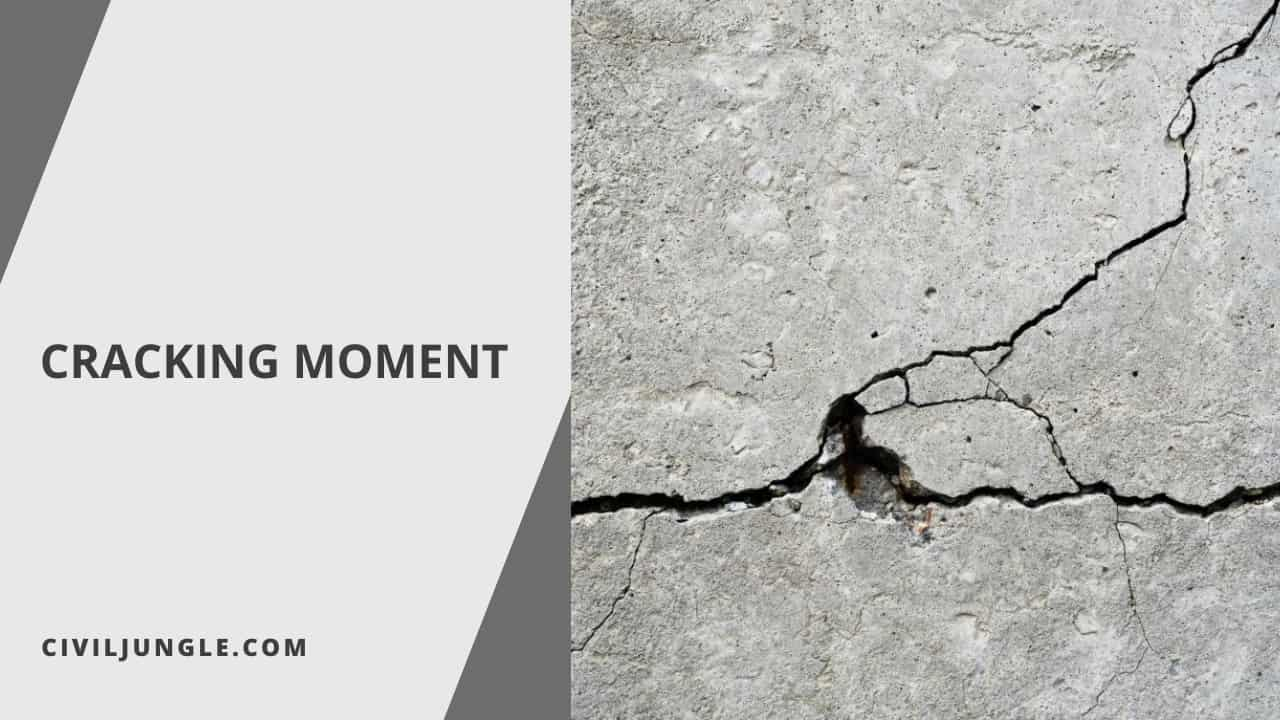

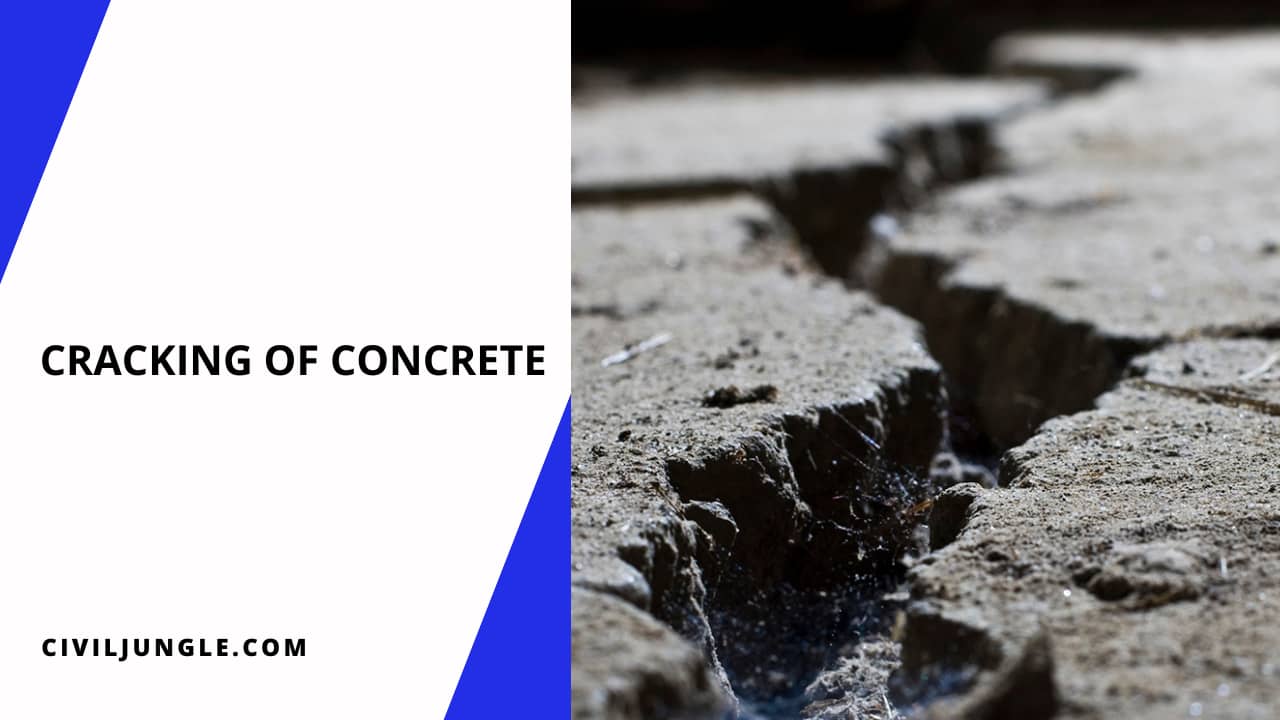

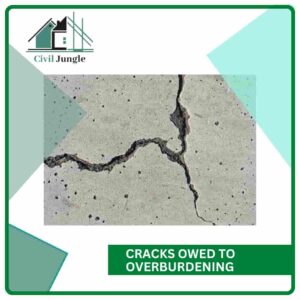
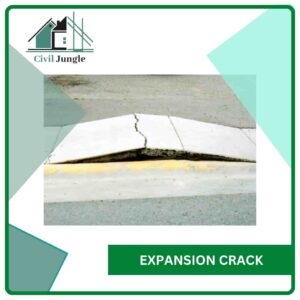
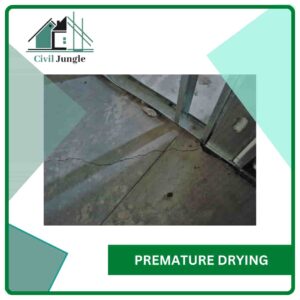
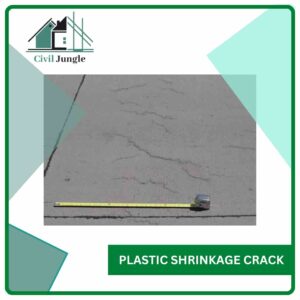
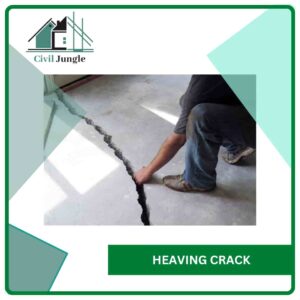
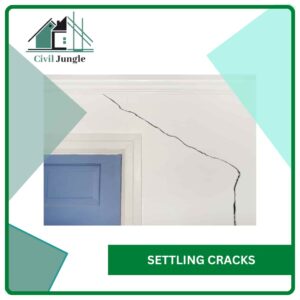
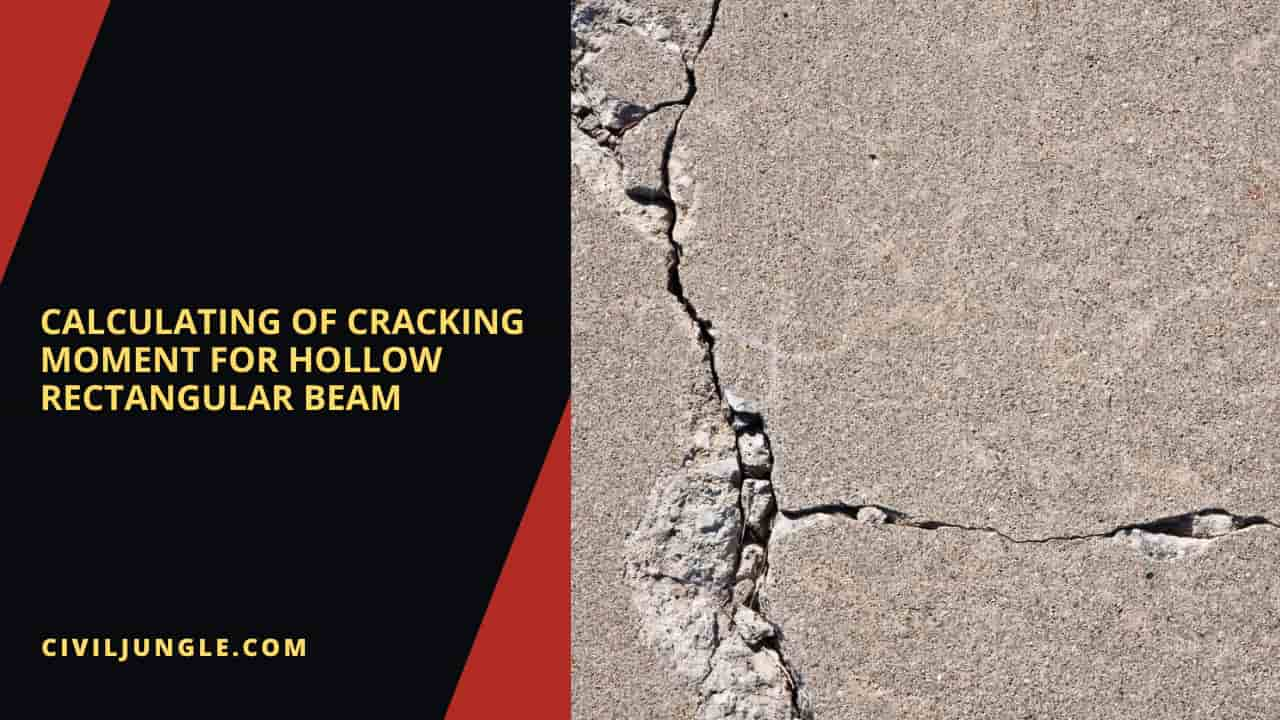
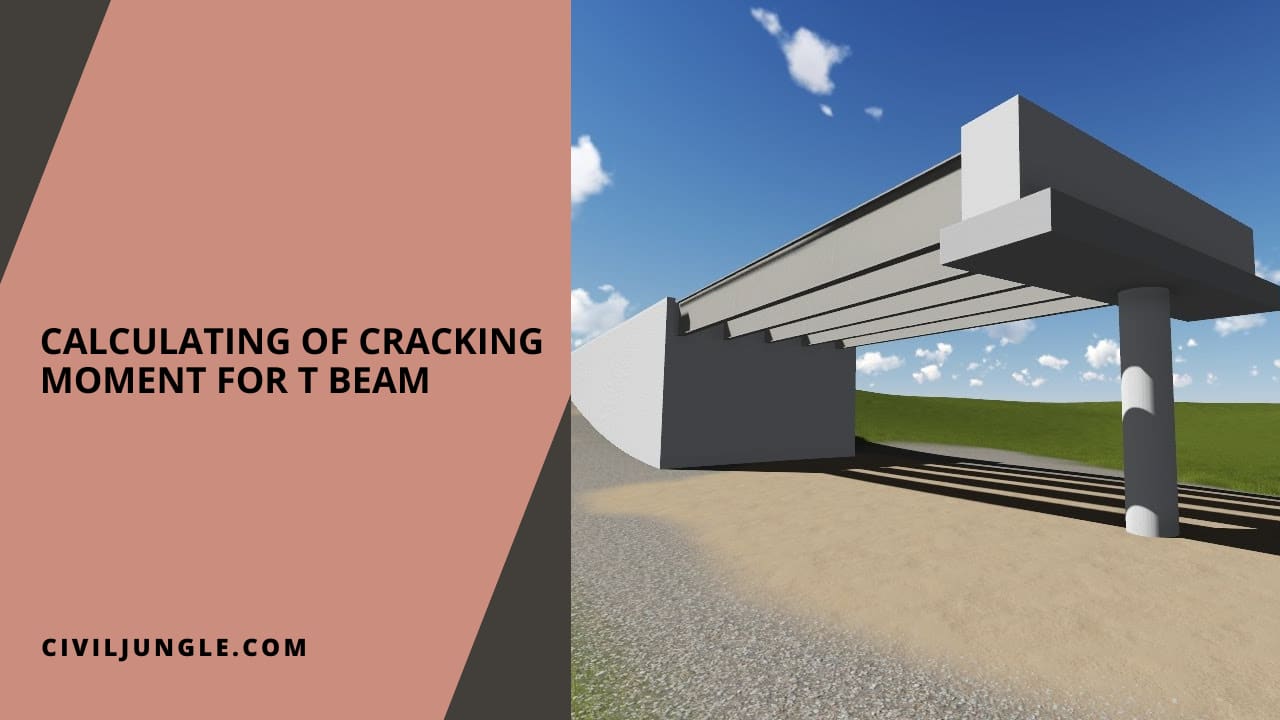
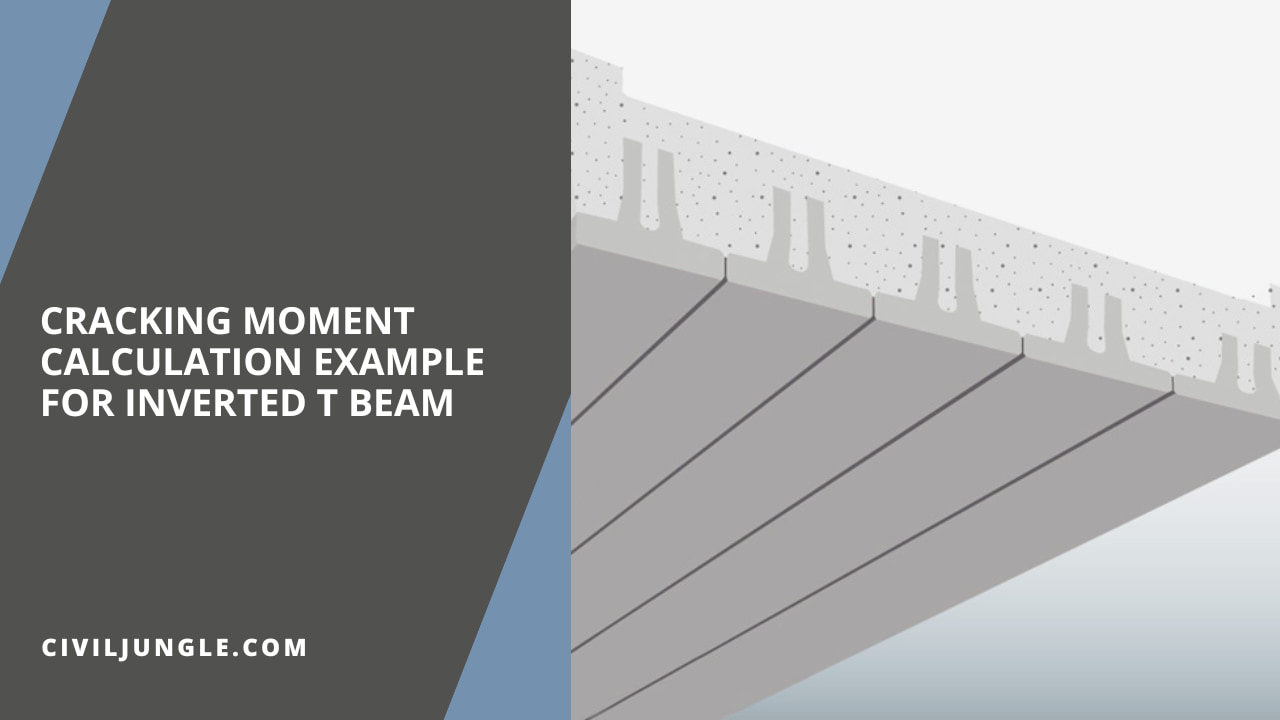

Leave a Reply